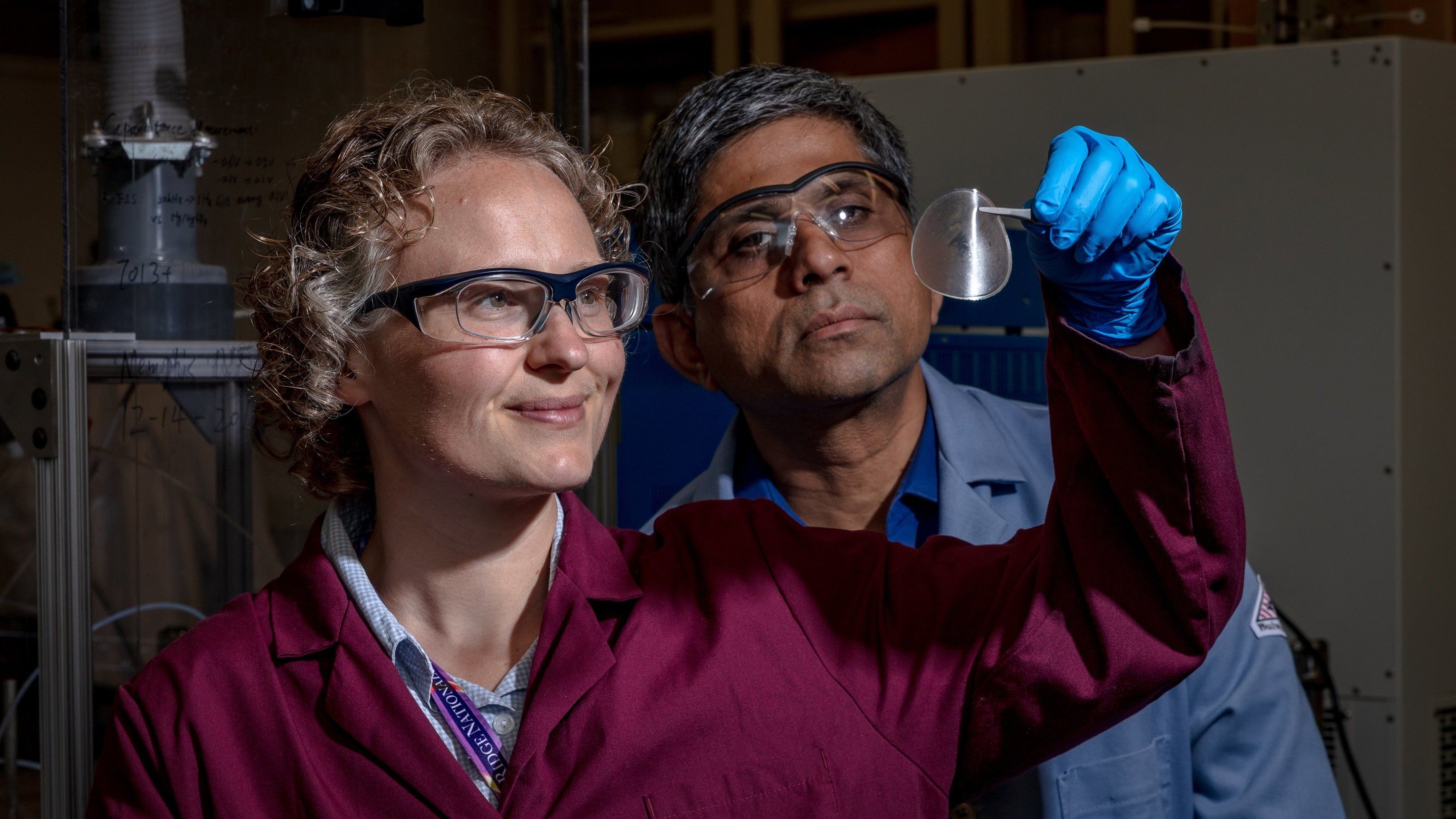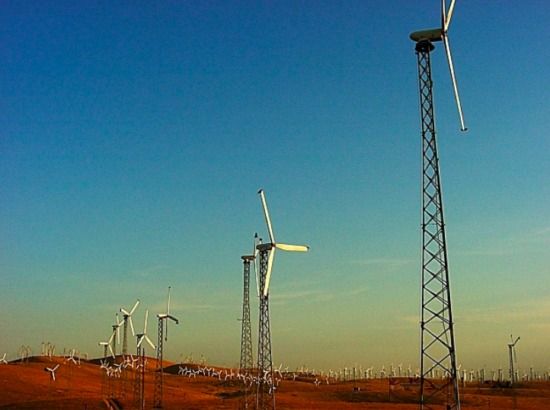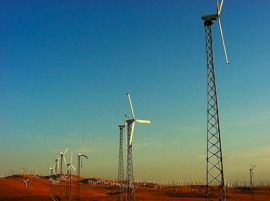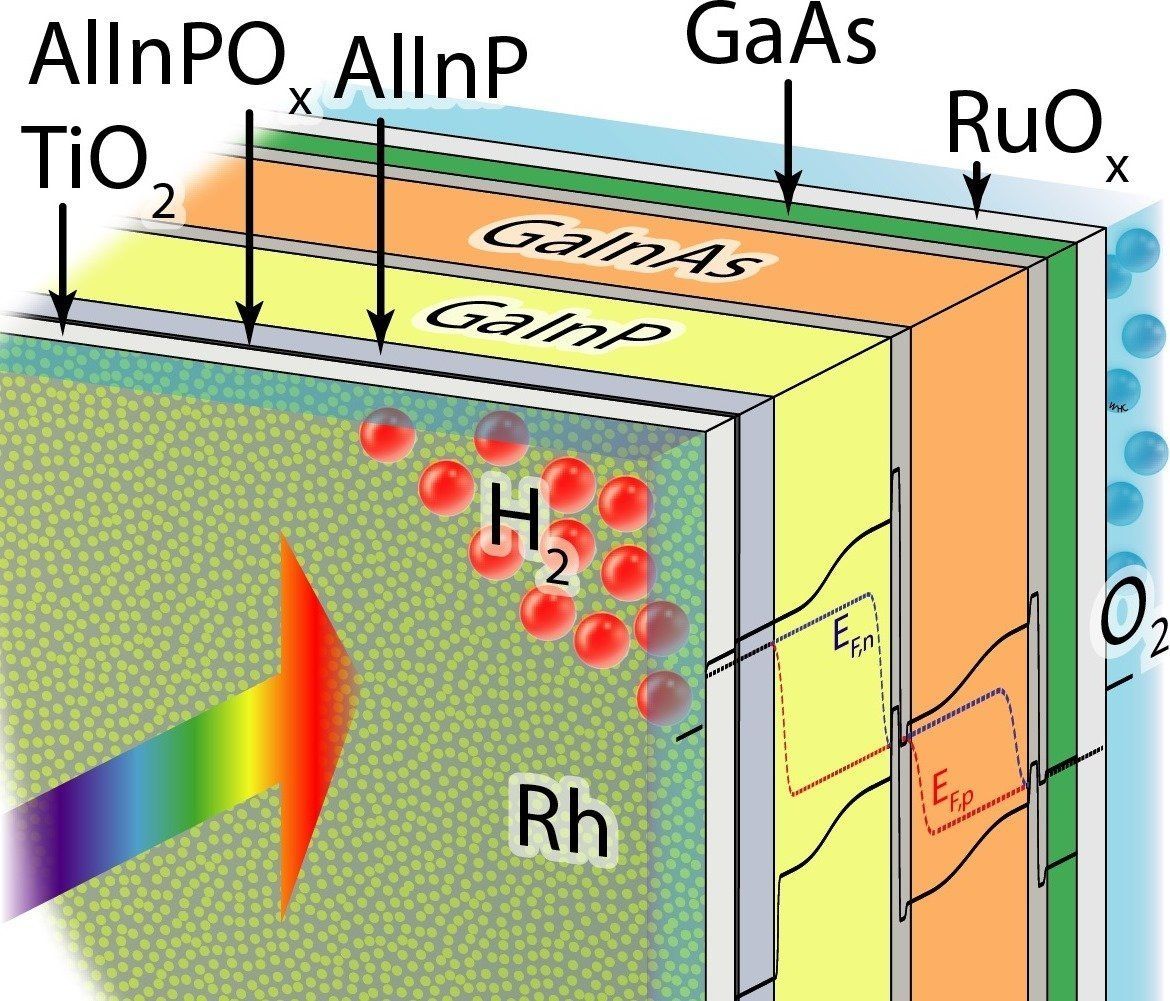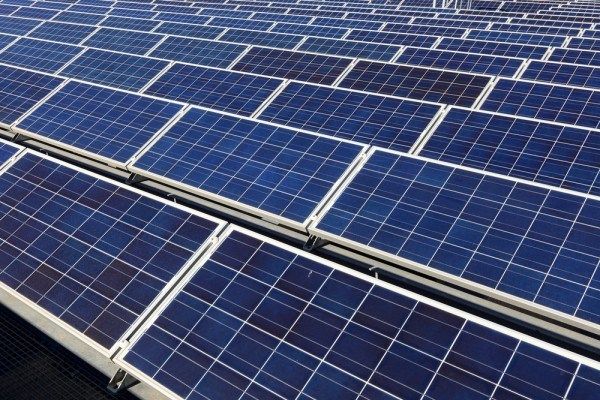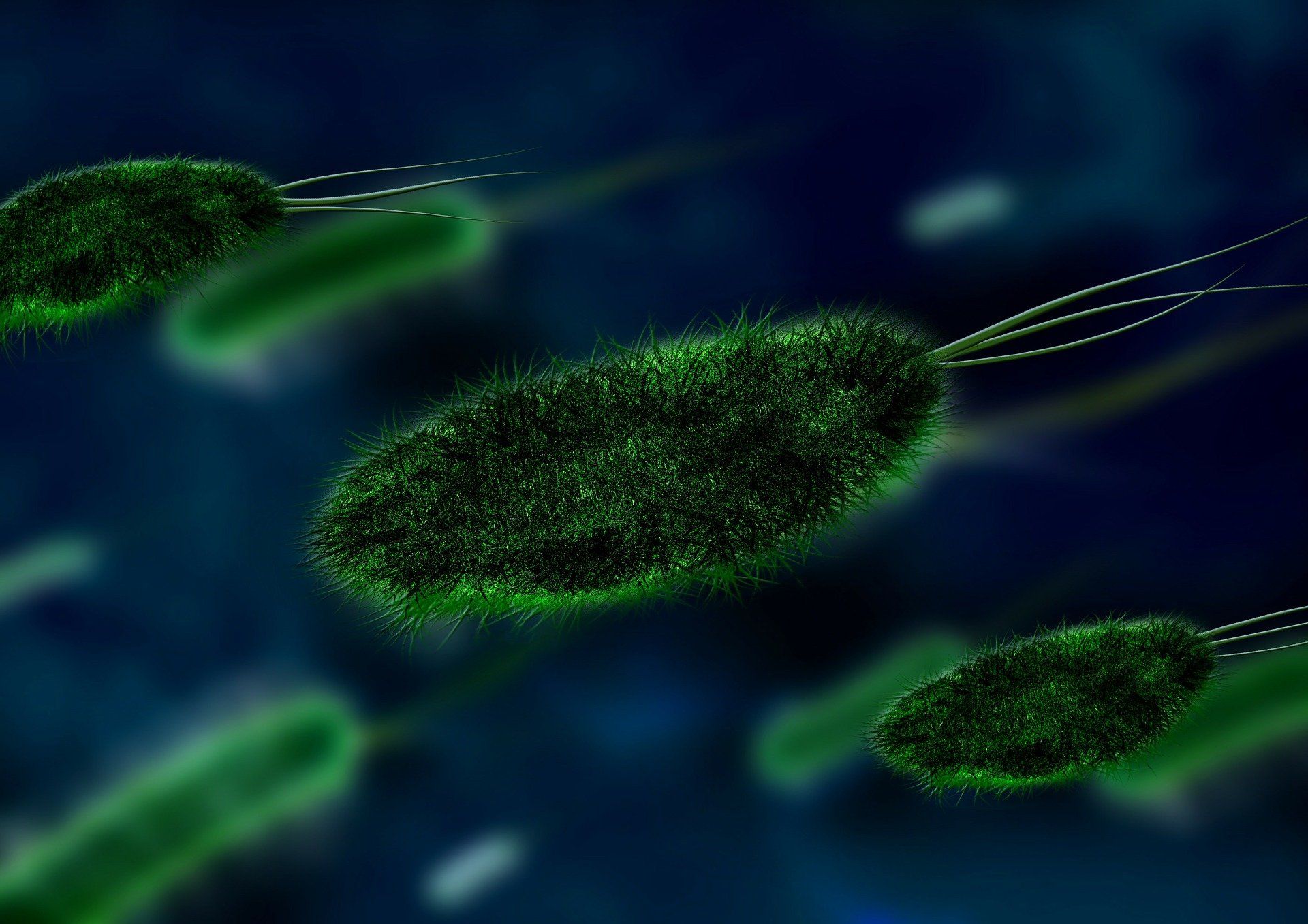Oak Ridge National Laboratory scientists have developed a crucial component for a new kind of low-cost stationary battery system utilizing common materials and designed for grid-scale electricity storage.
Large, economical electricity storage systems can benefit the nation’s grid in numerous ways: balancing loads between peak and off-peak demand times; supplying energy during outages; storing electricity from fluctuating sources like wind and solar power; and accommodating extreme fast charging of electric vehicles.
The grid chiefly relies on hydropower facilities for energy storage, although stationary systems using lithium-ion batteries are increasing. However, lithium is expensive and mostly sourced from countries outside the United States.
